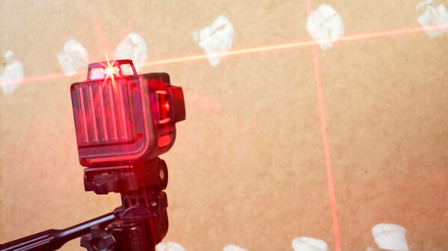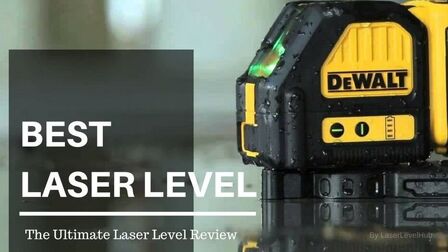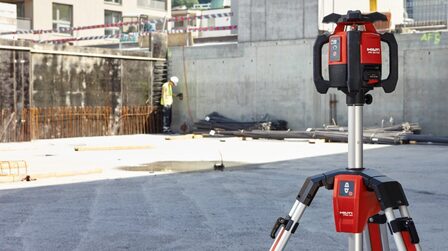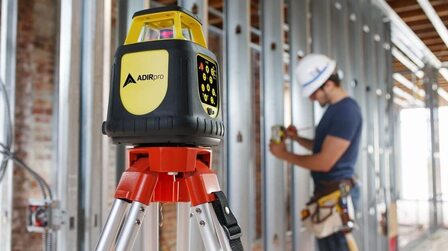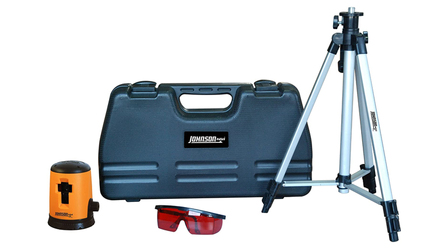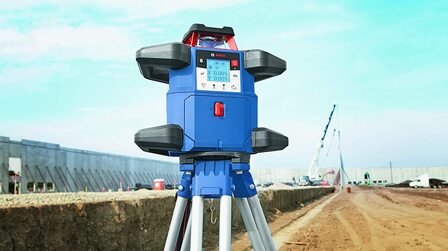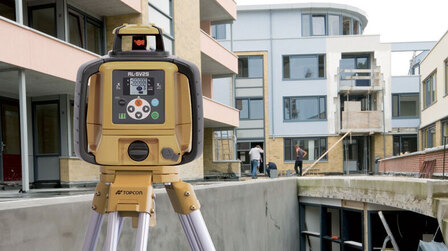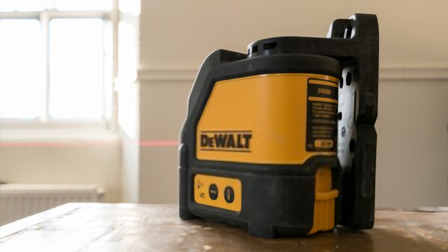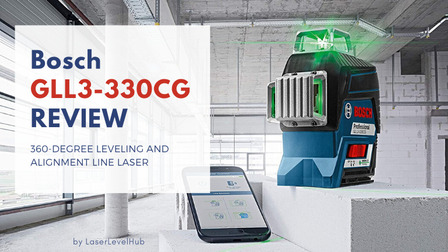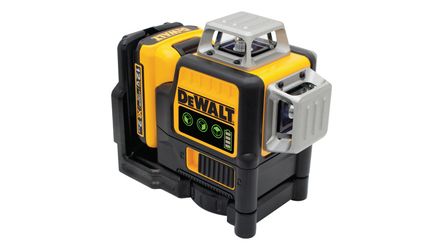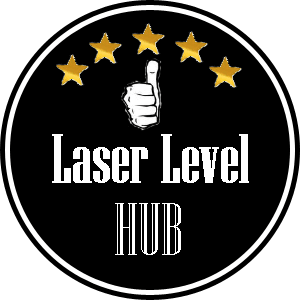Whether you are a newbie in the use of laser levels or you are using a new model you are not familiar with, there are certain concerns about the use of the device which you want to ask to be able to confidently navigate in the operation of the unit.
We provide you the answers to the most commonly asked questions in the field to guide you in the proper use of your laser.
1. What is Self-Leveling Range?
Laser level self-leveling range refers to the value of deviation or difference from the level of the laser housing for its internal leveling mechanisms for the device to properly self level.
This feature helps save your time from the needless tedious adjustment of the level to make it perfectly leveled.
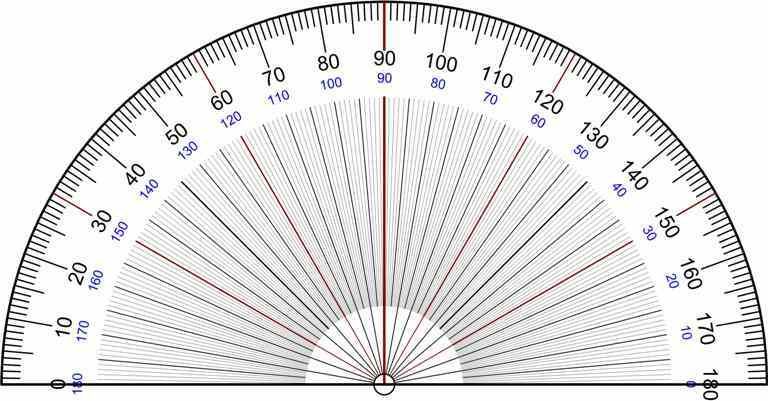
When instructions on a line laser level indicates self leveling within 6 degrees, the device can produce the level beam within the 6 degrees range.
Beyond 6 degrees, however, the laser level fails to perform this and will normally give off a sound or emit flashing beams signaling it is no longer within the self-leveling range.
See also:How To Choose The Best Laser Level?
2. Can I Use Laser Levels in Day Light?
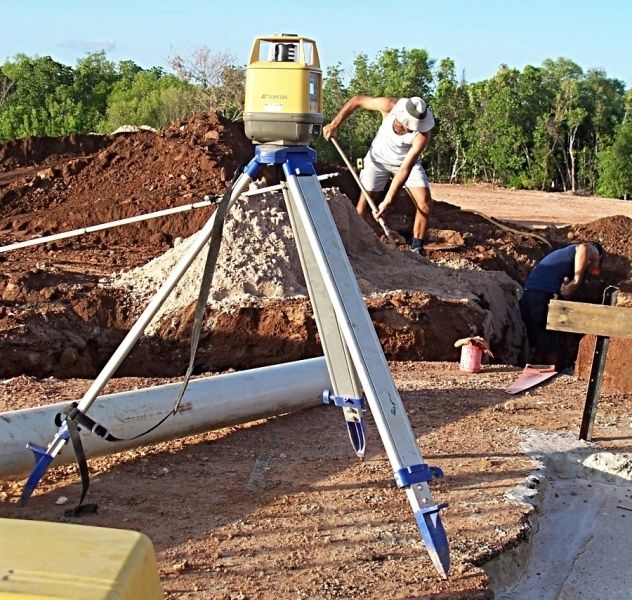
There are no available laser levels with full visibility outdoors, under direct sunlight, beyond a few meters.
Most rotating lasers have electronic laser receiver, which can detect and receive the rotating dot laser at certain distances.
You may not visibly see the laser beam in broad daylight.
You can use indoor rotating lasers to produce visible lines by adjusting the setting to scan line mode and you can also wear laser enhancement glasses.
Check for laser model with an electronic receiver to pick up lines when doing exterior setting jobs.
Fixed dot lasers have a visibility range within 10m distance, beyond this consider using a reflective target and wear laser glasses to stretch the range a bit further.
It is nice to imagine using a readily visible laser on a large range in outdoor work settings, but this requires utilization of an immensely powerful laser beam which would, of course, carry serious safety concerns.
Read more:How To Use A Laser Level Outdoor?
3. Can the Laser Light Hurt My Eyes?
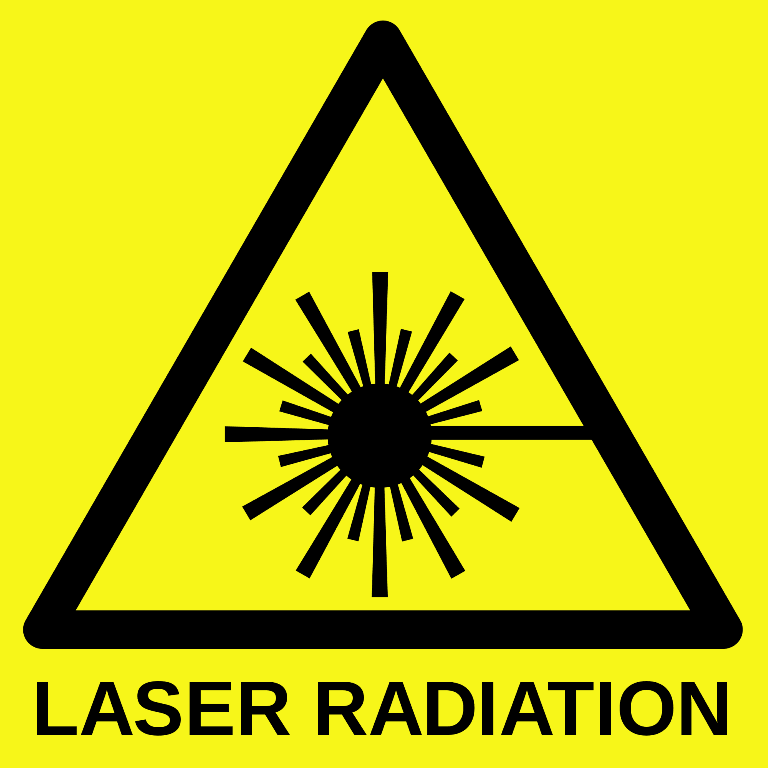
This visual impairment occurs with exposure of the eyes to a light flash of extremely high intensity which may last for a few seconds or minutes. It could be temporary or permanent.
Flash blindness can also escalate at a dangerous level, especially for those performing highly visual tasks such as driving a car and flying an aircraft.
There were several recorded cases of flash blindness among pilots caused by a laser from the ground deliberately pointed at the cockpit.
Permanent blindness from the use of laser results from the damage sustained by the retina.
Laser levels and other laser products are classified into groups and come with a warning label as a precaution to consumers.
To avoid unnecessarily flashing the beam in anyone’s eyes, set your laser level accordingly.
The beam from your device can irritate the eyes with occasional direct eye exposure but doesn’t usually cause permanent eye damage just like a camera flash. Staring directly at the beam for a prolonged period of time should be avoided.
So, to protect your eyes, always be cautious when using laser levels.
See also: 5 Must-have Safety Gear for DIY
4. Is the Accuracy Rating on a Laser Level Important?
The answer depends on the job you are trying to accomplish. What matters is that the precision you need in using the laser level is met.
All laser levels have a rated tolerance ranging from 1mm to 8mm in 20m. An interior job within short ranges may use any rating within the given band.

For exterior long range work, lasers within the band of 1mm to 4mm in 20m are just fine.
In a highly specialized engineering setting, however, the tolerance of a laser takes on a crucial role.
5. What Does the IP Rating on a Laser Level Mean?
The IP rating, which stands for “Ingress Protection,” is an international standard used to define how effective the sealing of level or electrical enclosures are against intrusion from dirt, dust, and moisture or water.
IP is succeeded by two numbers indicating the ratings for dust and water, with values ranging from 0 for no protection, 1 as the lowest resistance, and 6 for dust or 8 for water, as the highest.
The first digit for dust has the following ranges:
- 0 : not protected,
- 3 : protected from particles > 2.5mm,
- 4 : 1mm particle protection,
- 5 : dust protected with minimal dust intrusion, and
- 6 : dust tight.
A lot of laser levels used for outdoors have ratings from 4 to 6. If you see “X” for the first number, it means the device is not rated for dust.
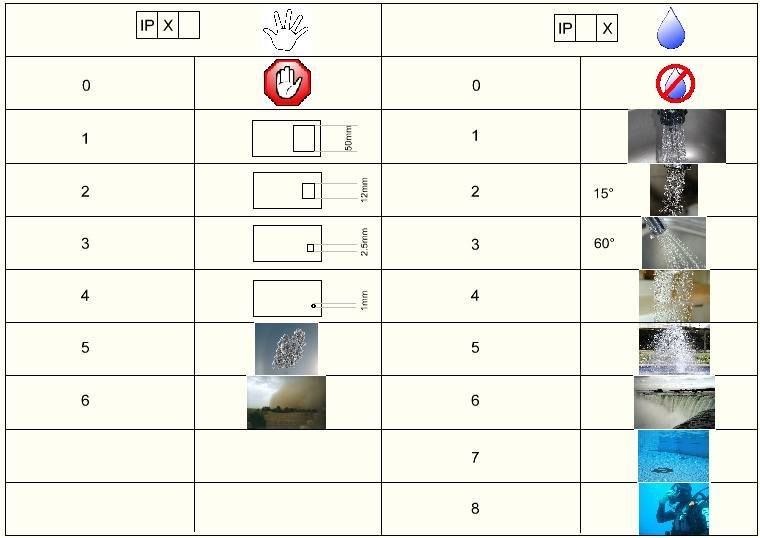
Resistance to water is reflected by the second digit with the following ratings:
- 0 : no protection,
- 2 : protection from dripping water,
- 4 : protection from water sprayed in all directions,
- 5 : higher water pressure,
- 6 : streaming water,
- 7 : short period of immersion, and
- 8 : full water submersion protection.
Take note, however, that even with resistance to water, it is paramount to keep the laser level dry as repeated water exposure even with high IP rating, can still cause damage.
6. How do I treat My Laser During Wet Weather?
Only few laser levels have very high IP ratings for water, though most can handle being exposed out in the rain.
Moisture in airtight environment when the device is not dried before storing within their cases, will increase humidity in the immediate enclosed environment, allowing water particles to enter the casing of the unit, with water condensing into the internal parts resulting to damage.
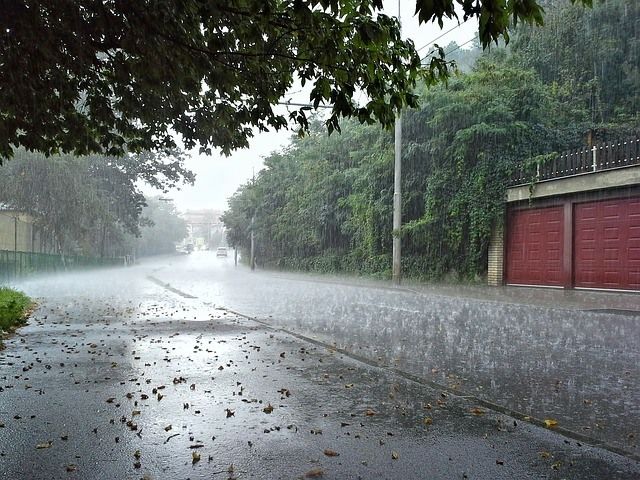
If you suspect that your device has water within, have it thoroughly dried as fast as possible before corrosion ensues. You may also contact the manufacturer or service center for advice.
7. How to Use Laser Levels in High Winds

To keep your laser level safe when working outdoors on days with high winds, spread the tripod legs apart as far as possible and nearer to the ground to obtain a wider base of support.
This prevents the device from being blown over and it also lessens the vibrations on the tripod brought about by the wind current.
Depending on the model you are using, it may also be important to check on the calibration and leveling of the device which can be potentially affected by strong winds.
Recommended: Best Tripods For Laser Level
Conclusion
Laser level users have common concerns in the operation of their units which covers most or all of the models in the market.
As a new consumer, you may wonder about certain terminologies like self-leveling, IP and accuracy ratings. There are also safety issues in the use and maintenance of the device that you would like to learn.
Being aware of the answers to these concerns enables you to safely and effectively operate your laser level while producing the quality output you intend to achieve in your projects.
See also: Top FAQs about laser tape measure


